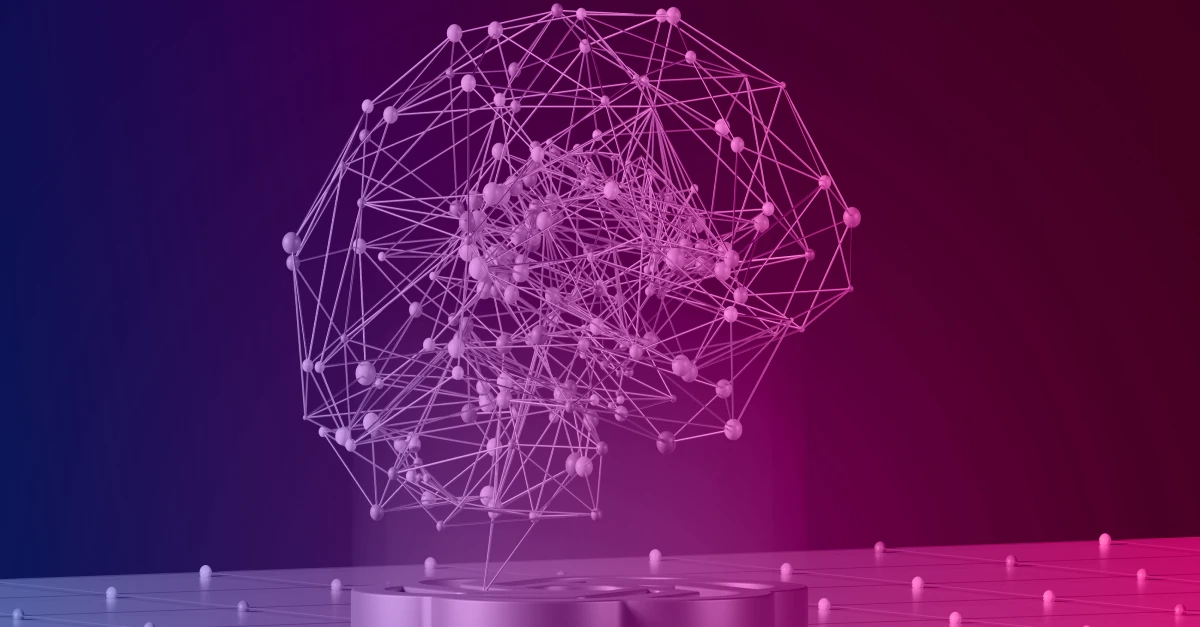The rapid ascent of Generative AI (GenAI), powered by sophisticated Large Language Models (LLMs), has captured global attention, demonstrating remarkable capabilities in content creation, summarization, and interaction. Businesses are actively exploring and integrating these tools to enhance productivity and unlock new avenues for communication. However, focusing solely on GenAI overlooks the next seismic shift in artificial intelligence: Agentic AI.
Agentic AI does not replace or diminish GenAI; rather, it enriches GenAI by adding autonomy, contextual awareness, and the ability to execute strategic, goal-driven actions. Think of GenAI as a skilled specialist proficient at executing clearly defined tasks, while Agentic AI represents an evolution—enabling these capabilities to autonomously handle broader, more complex, and strategically oriented objectives.
This evolution marks a critical transition from AI that generates responses to AI that takes action and autonomously achieves complex goals. For leaders seeking sustained competitive advantage, understanding and strategically deploying Agentic AI is no longer a futuristic vision, but an emerging operational imperative. This article demystifies Agentic AI, explores its transformative potential, and outlines the strategic considerations for harnessing its power effectively.
From language generation and understanding to thinking applications
Generative AI, exemplified by models like GPT-4 and its contemporaries, excels at processing vast amounts of information to produce human-like text, images, and code based on prompts. It can draft emails, write reports, translate languages, and even generate software code snippets. Its impact is undeniable, streamlining tasks that previously required significant human effort.
However, GenAI primarily operates in a responsive mode. Agentic AI builds upon this foundation but introduces crucial layers of agency, planning, and interaction. An AI Agent is more than just a sophisticated language processor; it is a system designed with specific objectives, capable of perceiving its environment (typically digital, but potentially physical), reasoning about the steps needed to achieve its goals, and taking autonomous or semi-autonomous actions using available tools and data.
Key characteristics define an AI Agent:
- Goal-Oriented: Explicitly designed to pursue and achieve predefined objectives, whether simple (e.g., “Summarize today’s market news”) or complex (e.g., “Identify, analyze, and report on potential supply chain disruptions for product X”).
- Autonomous/Semi-Autonomous: Can operate independently within defined parameters, making decisions and executing tasks without constant human intervention, though often designed for human oversight and collaboration.
- Interactive & Perceptive: Monitors its operational environment (e.g., new emails, database updates, API responses, sensor data) and uses this information to inform its actions.
- Reasoning & Planning: Breaks down high-level goals into sequences of actionable sub-tasks. It can strategize, adapt its plan based on new information, and learn from outcomes.
- Tool Use: Can leverage external tools – software APIs, databases, web browsers, internal applications – to gather information or execute actions beyond its core model capabilities.
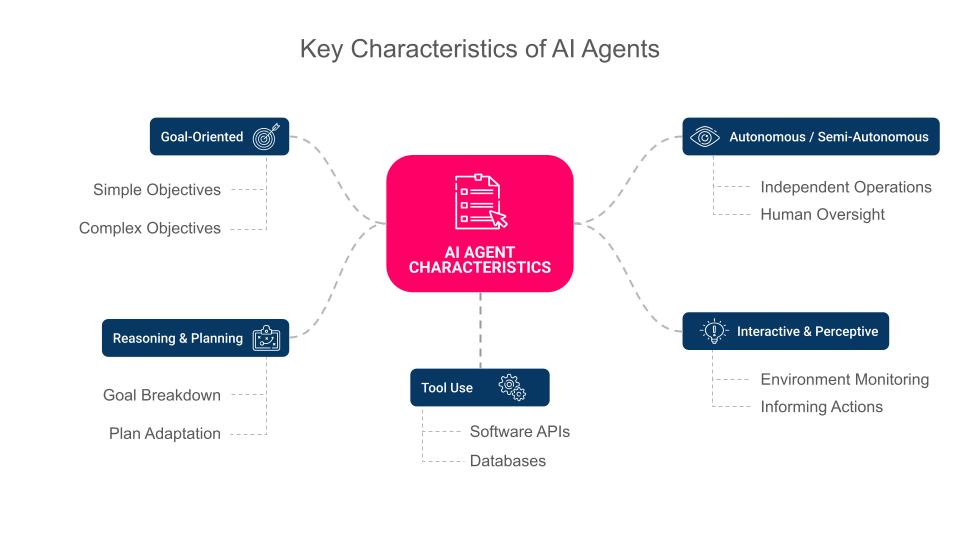
Think of it this way: GenAI is like a brilliant librarian who can instantly find and synthesize information on any topic you ask about. An Agentic AI system is akin to a proactive research assistant who not only finds the information but also drafts the report, schedules follow-up meetings with relevant experts based on the findings, updates the project management system, and orders necessary resources – all driven by the overarching research goal. It leverages the LLM’s “brain” for understanding and communication but adds the “hands” and “legs” to act within a digital ecosystem.
Transforming business processes today
While the concept might sound futuristic, principles of Agentic AI are already being woven into the fabric of modern business operations, delivering tangible value. Often evolving from sophisticated workflow automation, these systems showcase the power of goal-driven AI:
- Hyper-Personalized Customer Service: AI agents are moving beyond simple chatbots. They can now access customer history, understand complex multi-turn queries, execute actions like processing refunds or updating account details across systems, and intelligently escalate only the most nuanced issues to human agents, dramatically improving resolution times and customer satisfaction while lowering service costs.
- Intelligent Data Analysis & Reporting: Instead of analysts manually gathering, cleaning, and visualizing data from disparate sources, an agent can be tasked with a high-level goal like “Generate a weekly sales performance report comparing region A and B, highlighting key trends and anomalies.” The agent interacts with databases, BI tools, and internal repositories to autonomously produce the required insights, freeing analysts for higher-level strategic interpretation.
- End-to-End Workflow Automation: Consider procure-to-pay processes. An AI agent can monitor an inbox for invoices, extract relevant data, validate it against purchase orders in an ERP system, route it for approval based on predefined rules, trigger payment processing, and archive the transaction – orchestrating actions across email, document management, and financial software with minimal human touch.
- Accelerated Software Development & Operations: Agents assist developers by not just generating code snippets, but by running tests, identifying bugs, suggesting fixes, managing deployment pipelines, and even monitoring application performance post-launch, significantly shortening development cycles and improving software reliability.
These examples illustrate the immediate benefits: substantial efficiency gains, reduced operational costs, enhanced accuracy by minimizing manual errors, faster response times to market changes or customer needs, and the liberation of human talent for more strategic, creative, and complex endeavors.
Towards semi-autonomous workflows & autonomous operations
The current applications are just the beginning. The trajectory of Agentic AI points towards increasingly sophisticated integrations within business operations over the near-to-mid-term:
- Semi-Autonomous Workflows: This represents the most likely near-term evolution – a collaborative model where humans and AI agents work in concert. Humans will set strategic direction, define complex goals, handle ambiguity, manage stakeholder relationships, and intervene in edge cases. AI agents, meanwhile, will execute the well-defined, repetitive, or data-intensive components of the workflow, provide real-time decision support based on vast data analysis, and proactively flag potential issues or opportunities. This synergy promises to amplify human capabilities significantly.
- Governed Autonomous Operations: For specific, well-understood business functions with clear rules and measurable outcomes (e.g., inventory management, routine compliance checks, network monitoring), we will see the rise of fully autonomous agents operating within strictly governed boundaries. These agents will manage entire processes with minimal human oversight, reporting by exception and continuously optimizing performance based on objectives.
Interconnected Agent Ecosystems: The future likely involves not monolithic agents, but networks of specialized agents collaborating. A “Sales Prospecting Agent” might identify leads, passing qualified opportunities to a “CRM Management Agent” which then interacts with a “Meeting Scheduling Agent.” Orchestrating these multi-agent systems will be key to automating complex, cross-functional business processes.
The critical foundation: Governed data and curated knowledge
The power and reliability of any AI agent are fundamentally constrained by the quality, accessibility, and governance of the data and knowledge it relies upon. Deploying effective agents is not merely a software challenge; it is deeply intertwined with information architecture and governance:
- Curated & Accessible Data: Agents need access to clean, accurate, timely, and relevant data – both structured (databases, spreadsheets) and unstructured (documents, emails, chat logs). Ensuring data quality and establishing secure, efficient data pipelines are prerequisites for agent success.
- Robust Knowledge Bases: Beyond raw data, agents often require access to curated knowledge – company policies, procedural manuals, best practices, domain-specific ontologies. These knowledge repositories provide context, enabling agents to make more informed decisions and generate more accurate, relevant outputs.
- Unyielding Governance: As agents gain autonomy, robust governance becomes paramount. This includes clear frameworks for data privacy and security, ethical guidelines to prevent bias and ensure fairness, transparent monitoring and logging of agent actions, mechanisms for human oversight and intervention, and performance management to ensure agents remain aligned with business goals. Building trust in agentic systems hinges on demonstrable control and accountability.
Agentic applications are the strategic differentiator
Access to powerful foundational AI models, including the LLMs that often power agent reasoning, is rapidly becoming democratized. While possessing a state-of-the-art model is important, it will soon be table stakes rather than a sustainable competitive advantage.
The true strategic differentiator – the source of enduring business value – lies in the sophisticated application of these models within well-designed agentic frameworks. This is where deep expertise becomes crucial. Creating impactful Agentic AI solutions involves:
- Expert Agent Design: Defining clear goals, crafting effective prompts and reasoning processes, selecting appropriate tools, and establishing optimal levels of autonomy.
- Seamless Systems Integration: Integrating agents flawlessly into existing IT landscapes, business workflows, and data ecosystems.
- Multi-Agent Orchestration: Designing and managing the complex interactions between multiple specialized agents to achieve broader business objectives.
- Proprietary Customization: Tailoring agent behavior and knowledge using unique company data, specific business logic, and industry context.
- Robust Governance & Continuous Improvement: Implementing effective monitoring, control mechanisms, and feedback loops to ensure ongoing safety, reliability, and performance optimization.
Navigating this complexity, ensuring responsible deployment, and maximizing ROI requires more than just technical capability; it demands strategic insight and practical implementation experience.
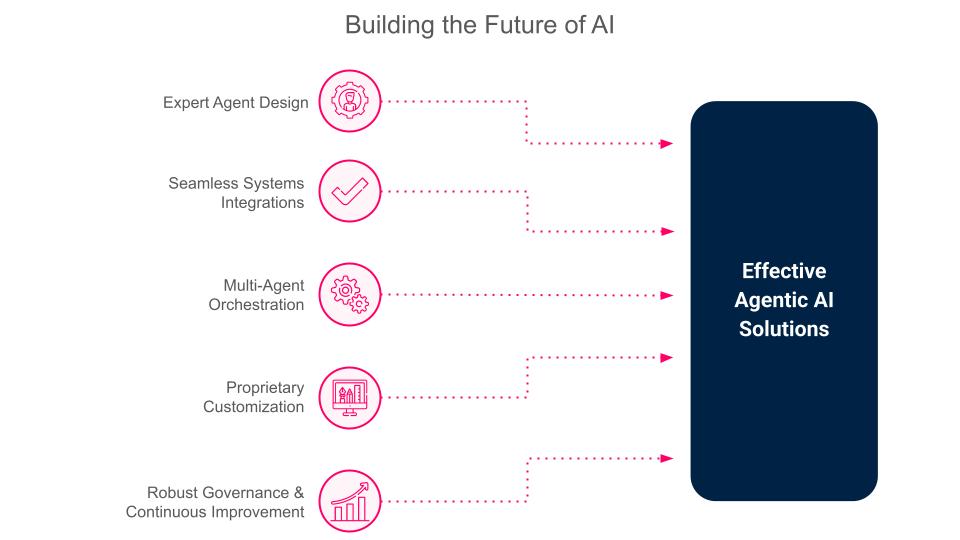
Seize the agentic advantage
Agentic AI represents a paradigm shift, moving beyond the generative capabilities that have recently dominated headlines to unlock unprecedented levels of automation, efficiency, and strategic agility. While the underlying technology is evolving rapidly, the ability to harness it effectively – through expert design, careful integration, robust governance, and strategic alignment – will separate the leaders from the laggards in the coming years. Businesses that proactively explore and implement agentic solutions stand to gain a significant competitive edge, transforming operations and freeing human potential for higher-value work.
Is your organization prepared to leverage the transformative power of Agentic AI? Don’t let the future of intelligent automation unfold without you. Contact Artefact’s AI strategy experts today. We can help you assess your readiness, identify high-impact opportunities, and co-create a tailored roadmap to integrate Agentic AI seamlessly and strategically into your business. Schedule a discovery call with our specialists to explore how autonomous and semi-autonomous workflows can unlock your next wave of growth and efficiency.
 BLOG
BLOG